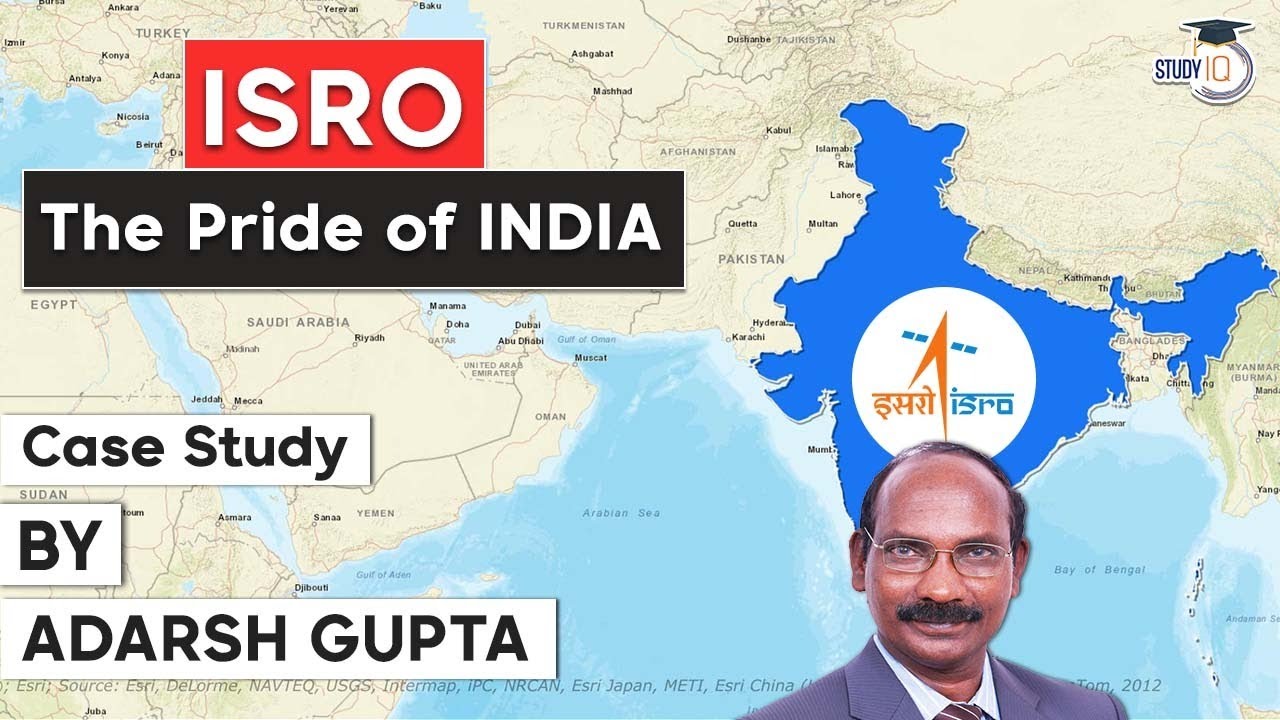Nailing Our Colors to the Mast | Jeffrey R. Holland | 1985
Summary
TLDRThe speaker reflects on the remarkable age of technological advancement, exemplified by the space shuttle Discovery's routine mission and the repair of the Syncom 3 satellite. He emphasizes the awe-inspiring nature of these feats and encourages gratitude for the blessings of modern life. The speech also celebrates Brigham Young University's achievements, from academic success to cultural preservation, and underscores the importance of maintaining the institution's principles and commitment to excellence.
Takeaways
- 🚀 The script celebrates the remarkable achievements of human technology, exemplified by the space shuttle Discovery's routine space travel and precise landing.
- 👨🔧 It highlights the ingenuity of astronauts like James Van Hofton and William Fisher, who repaired a satellite in space, showcasing human capability in outer space.
- 🏆 The speaker expresses pride in Brigham Young University's accomplishments, including a national championship football team and top-ranked athletic program.
- 👑 The university's collaboration with the Egyptian government to exhibit Ramses II materials is noted, emphasizing BYU's role in cultural and historical education.
- 🌐 BYU's efforts in Jerusalem to build world peace and enhance international understanding are mentioned, reflecting the university's global impact.
- 🏫 The speaker encourages students to appreciate the blessings and advantages of their education and the university's facilities.
- 📚 The importance of maintaining BYU's educational principles, based on the gospel of Jesus Christ, is stressed to ensure the university's continued success.
- 👔 The university's dress and grooming standards are highlighted as an outward sign of an inward commitment to excellence.
- 📝 The script emphasizes the need for students to take their academic work seriously, to study hard, and to communicate effectively.
- 🛀 The challenge of maintaining moral and ethical standards in a society filled with temptations is discussed, with a call for students to be clean and virtuous.
- ⚓ The script concludes with a metaphorical comparison between the Titanic's downfall and the need for careful navigation in BYU's journey, emphasizing the importance of staying true to principles.
Q & A
What significant event involving the space shuttle Discovery is mentioned in the script?
-The script mentions the space shuttle Discovery landing smoothly and silently on the sands of Edwards Air Force Base, concluding a week-long space travel experience.
How is the technology of space travel described in the script?
-The script describes space travel technology as a 'masterful, modern miracle' that allows a 99-ton spaceship to orbit the Earth, land safely, and be relaunched with precision.
Who are James Van Hofton and William Fisher, as referenced in the script?
-James Van Hofton and William Fisher are astronauts who spent a weekend in space repairing an $85 million Syncom 3 satellite during a space shuttle mission.
What is the importance of the Syncom 3 satellite mentioned in the script?
-The Syncom 3 satellite was significant because it had been lifelessly orbiting since its abortive launch four months prior, and the astronauts managed to repair it during their space mission.
How does the speaker relate their own technical ineptitude to the marvels of space travel described?
-The speaker contrasts their own lack of technical skill, exemplified by a failed high school shop class project, with the advanced technical achievements of space travel and satellite repair.
What does the speaker invite the audience to appreciate about the time they live in?
-The speaker invites the audience to appreciate the awe and wonder of living in a time with such remarkable technological advancements and to give thanks for the blessings and benefits they enjoy.
What is the historical significance of the Karl G. Maeser Building mentioned in the script?
-The Karl G. Maeser Building is historically significant as it was the first building built on Temple Hill and represents the early dreams of a real university during a time when such aspirations seemed like fantasies.
What is the message conveyed about Brigham Young University's growth and development?
-The message conveyed is that Brigham Young University has grown tremendously from its humble beginnings, with nearly 500 buildings now standing in place of the single Karl G. Maeser Building, symbolizing the fulfillment of early visions and dreams.
What is the importance of the educational philosophy stated by Karl G. Maeser?
-Karl G. Maeser's educational philosophy emphasized teaching based on correct principles and the guidance of the Spirit of God, which laid the foundation for the academy and is still considered crucial to BYU's educational system.
How does the speaker connect the past struggles of BYU with its present achievements?
-The speaker connects the past struggles by recounting the early days of the university's fight for survival and the dreams and visions of its founders, contrasting it with the current achievements such as national championship football teams and top-ranked athletic programs.
What is the analogy made between the Titanic and the aspirations of Brigham Young University?
-The analogy compares the Titanic, which was considered unsinkable but ultimately failed due to carelessness, with BYU's aspirations, emphasizing the need for careful navigation and adherence to principles to ensure success and avoid disaster.
Outlines

このセクションは有料ユーザー限定です。 アクセスするには、アップグレードをお願いします。
今すぐアップグレードMindmap

このセクションは有料ユーザー限定です。 アクセスするには、アップグレードをお願いします。
今すぐアップグレードKeywords

このセクションは有料ユーザー限定です。 アクセスするには、アップグレードをお願いします。
今すぐアップグレードHighlights

このセクションは有料ユーザー限定です。 アクセスするには、アップグレードをお願いします。
今すぐアップグレードTranscripts

このセクションは有料ユーザー限定です。 アクセスするには、アップグレードをお願いします。
今すぐアップグレード関連動画をさらに表示

Sansad TV Special: Gaganyaan Mission | 29 February , 2024

Indian Space Research Organisation history from carrying rocket parts on bicycle to Mars Mission

History of ISRO | A Journey from Bicycle to Sun | Aditya L1 | UPSC | Drishti IAS

Shuttle Atlantis STS-132 - Amazing Shuttle Launch Experience

TAF Interview 6 - Cobra Gold กับการสร้าง Space และ Cyber ของกองทัพไทย

The Space Shuttle’s Luckiest Escape
5.0 / 5 (0 votes)
